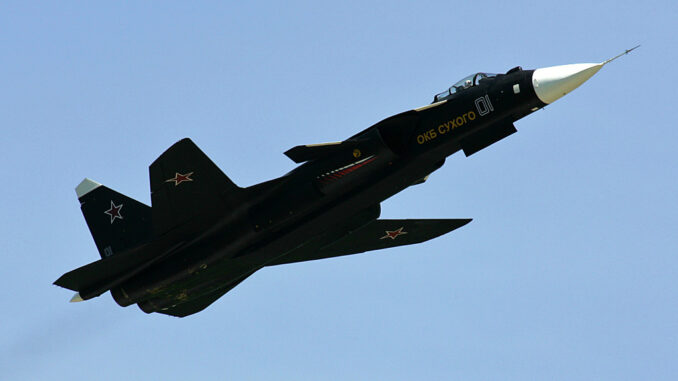
Design of the Sukhoi Su-47: a technical analysis of the inverted swept wings, advanced aerodynamics and major structural challenges.
Background and history of the Sukhoi Su-47
The Sukhoi Su-47 Berkut, developed in the 1990s by the Russian aircraft manufacturer Sukhoi, is distinguished by its innovative design, in particular its inverted swept wings. Initially designed as a technology demonstrator, the aircraft was intended to test new technologies for future combat aircraft. The Su-47 thus served as a platform for exploring avant-garde aerodynamic concepts in a post-Cold War context in which Russia was seeking to maintain its military competitiveness.
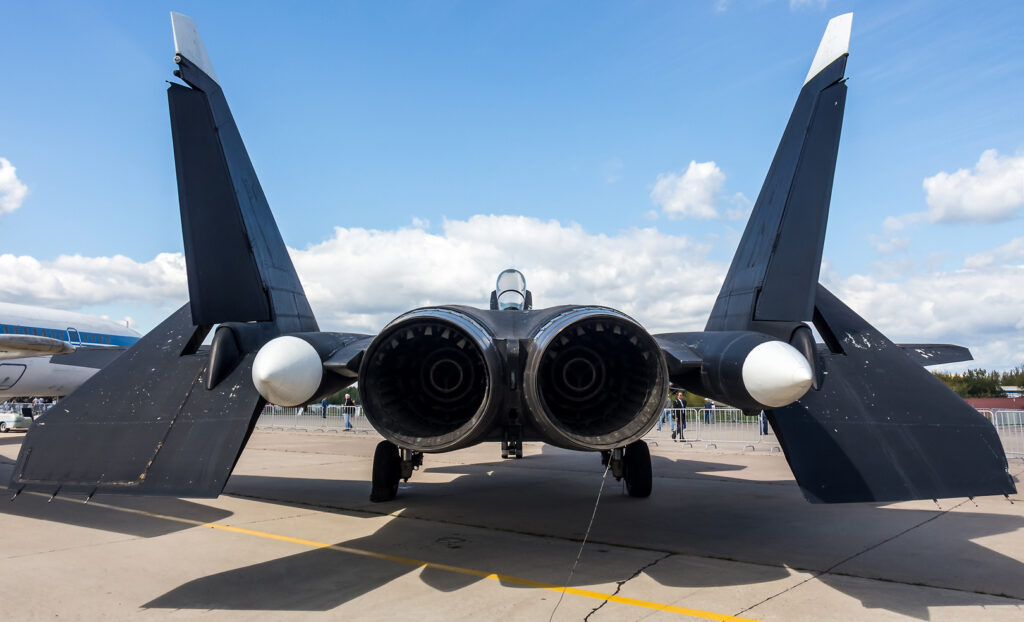
The choice of the Su-47’s design, in particular its inverted swept wings, was motivated by in-depth research aimed at improving manoeuvrability, low-speed stability and radar stealth. This configuration was not simply an aesthetic choice, but a strategic one designed to meet specific operational requirements.
Aerodynamic analysis: inverted swept wings
The reverse swept wing design** of the Su-47 is probably the most remarkable aspect of this aircraft. Unlike conventional wings, which are oriented backwards, the Su-47’s wings are tilted forward at an angle of 20 degrees. This configuration confers several aerodynamic advantages:
- Increased manoeuvrability: The inverted swept wings allow a better distribution of lift along the wing, thus reducing the stall phenomenon at the wingtips. This translates into a significant improvement in manoeuvrability, particularly at high angles of attack. In simple terms, the Su-47 can perform complex manoeuvres at lower speeds than comparable aircraft with conventional wings.
- Low-speed stability: Thanks to this configuration, the Su-47 benefits from greater low-speed stability, which is crucial for missions such as close air-to-air combat and landing on short runways. This makes it particularly effective in situations where maximum agility is required.
- Reduced radar signature: Although the inverted swept wings are not in themselves a stealth technology, their design helps to reduce the Su-47’s radar signature by dispersing radar waves less predictably than traditional wings. This is a tactical advantage in operations where stealth is essential.
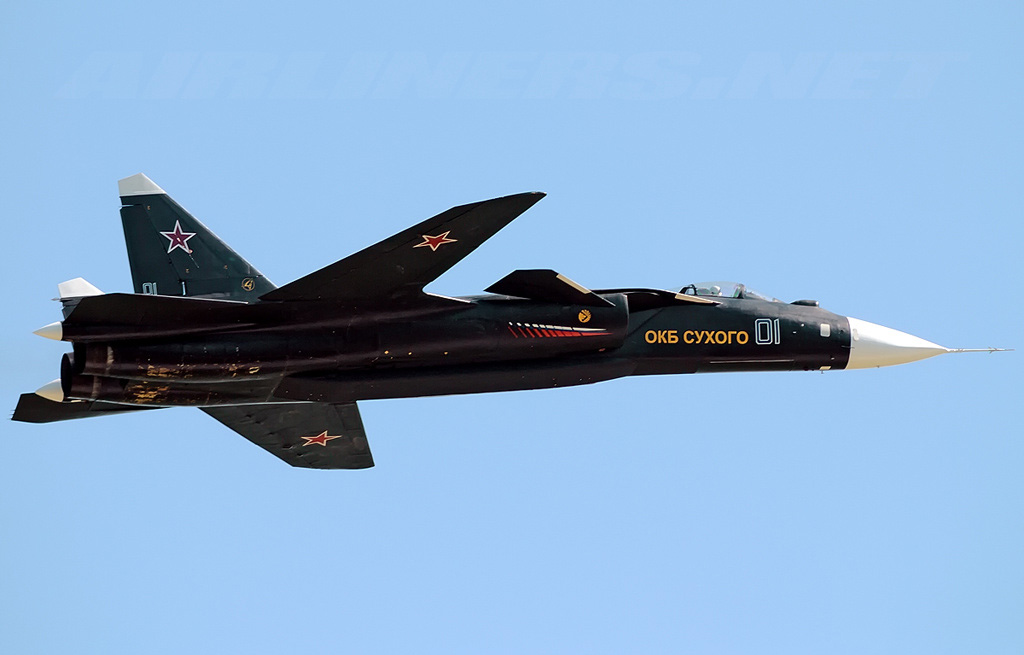
Materials and structure: technical challenges
However, the construction of inverted swept wings poses significant technical challenges. The wing configuration creates complex aerodynamic loads, with significant torsional forces. To counter these effects, Sukhoi’s engineers had to use advanced materials, notably carbon fibre composites, to ensure that the wings remained rigid while being light enough to maintain the Su-47’s performance.
These material choices have helped to minimise weight while increasing structural strength, but they have also led to increased production costs and manufacturing challenges. The high cost of these materials, coupled with the challenges of mass production, limited the Su-47 to a role as a technological demonstrator, rather than mass production.
Propulsion and performance
The Su-47 is powered by Lyulka AL-37FU engines, each capable of delivering a maximum thrust of 83.4 kN on afterburner. This propulsion system offers a maximum speed of around 2,200 km/h (Mach 2.1), with limited supercruise capability. Although its speed performance is impressive, it is above all the Su-47’s exceptional manoeuvrability that makes it such a distinctive aircraft.
In addition to powerful engines, the Su-47 also incorporates an advanced fly-by-wire flight control system, necessary to manage the complex stability associated with inverted swept wings. This system automatically compensates for torsional forces and ensures precise control of the aircraft in all phases of flight.
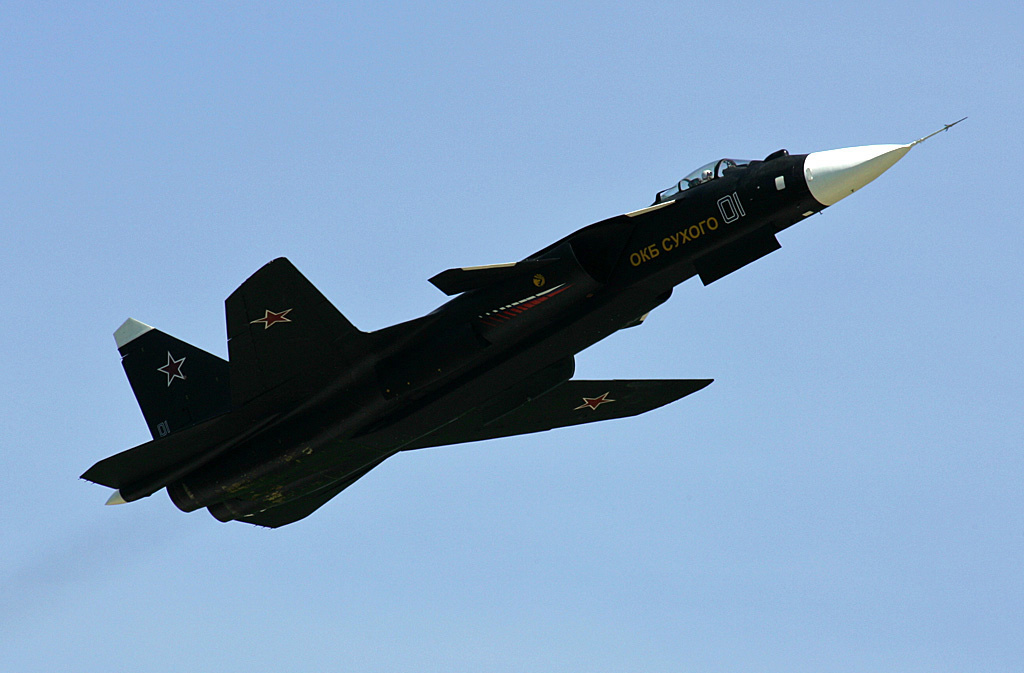
Consequences for the military aeronautics industry
The Sukhoi Su-47 Berkut has influenced the development of future fighter aircraft, particularly in the Russian PAK FA programme (which gave birth to the Su-57). Although the Su-47 never entered operational service, its innovations validated several concepts that were incorporated into subsequent generations of fighter aircraft.
One of the key lessons learned from the Su-47 is the importance of integrating aerodynamic innovations with advanced materials technologies to push the performance limits of fighter aircraft. By exploring concepts such as inverted swept wings, Sukhoi has demonstrated that it is possible to reinvent fundamental aspects of aerodynamics to meet specific operational requirements.
The design of the Sukhoi Su-47 Berkut, although strange at first glance, is the result of a rigorous scientific approach aimed at optimising manoeuvrability, stability and, to a lesser extent, stealth. The technological and aerodynamic choices that guided the design of the Su-47 posed significant technical challenges, but also pushed back the boundaries of aeronautical engineering.
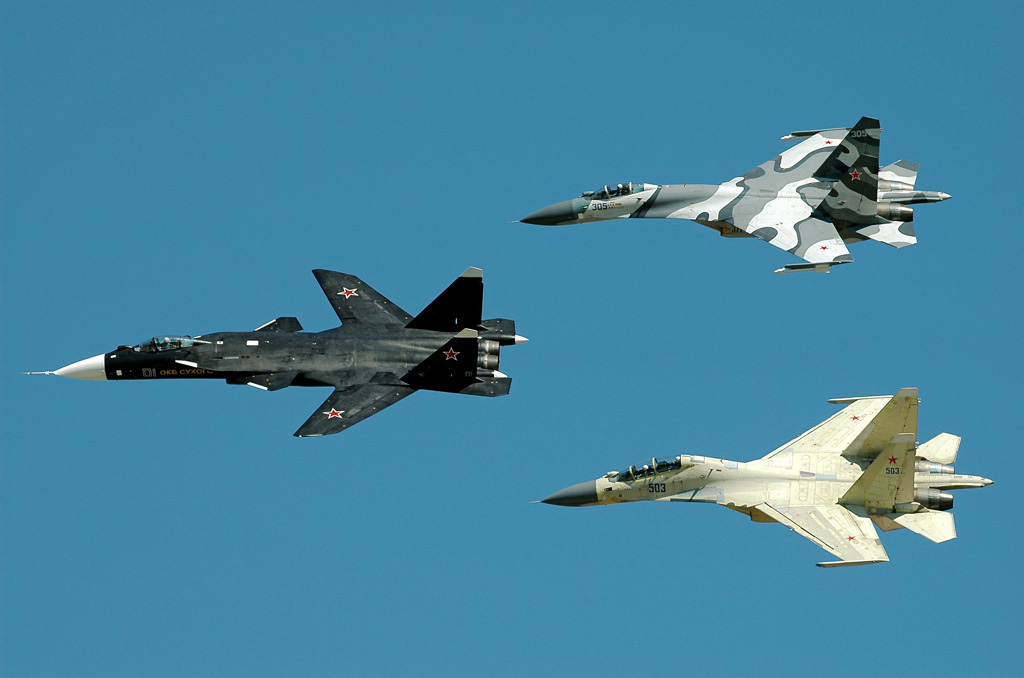
This aircraft is a perfect example of how technical innovation can lead to significant advances in military aviation, even if these innovations do not always translate into series production.
War Wings Daily is an independant magazine.